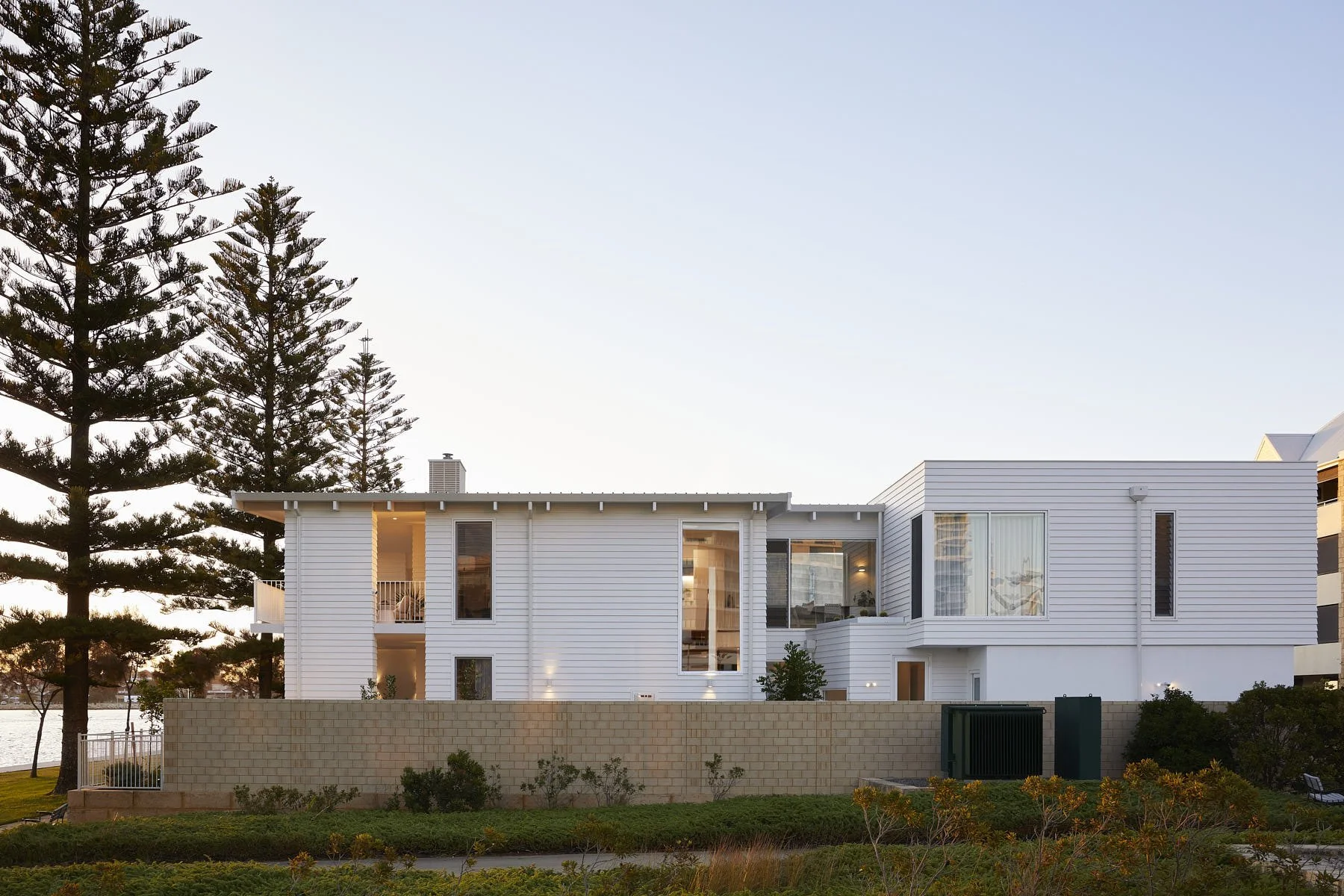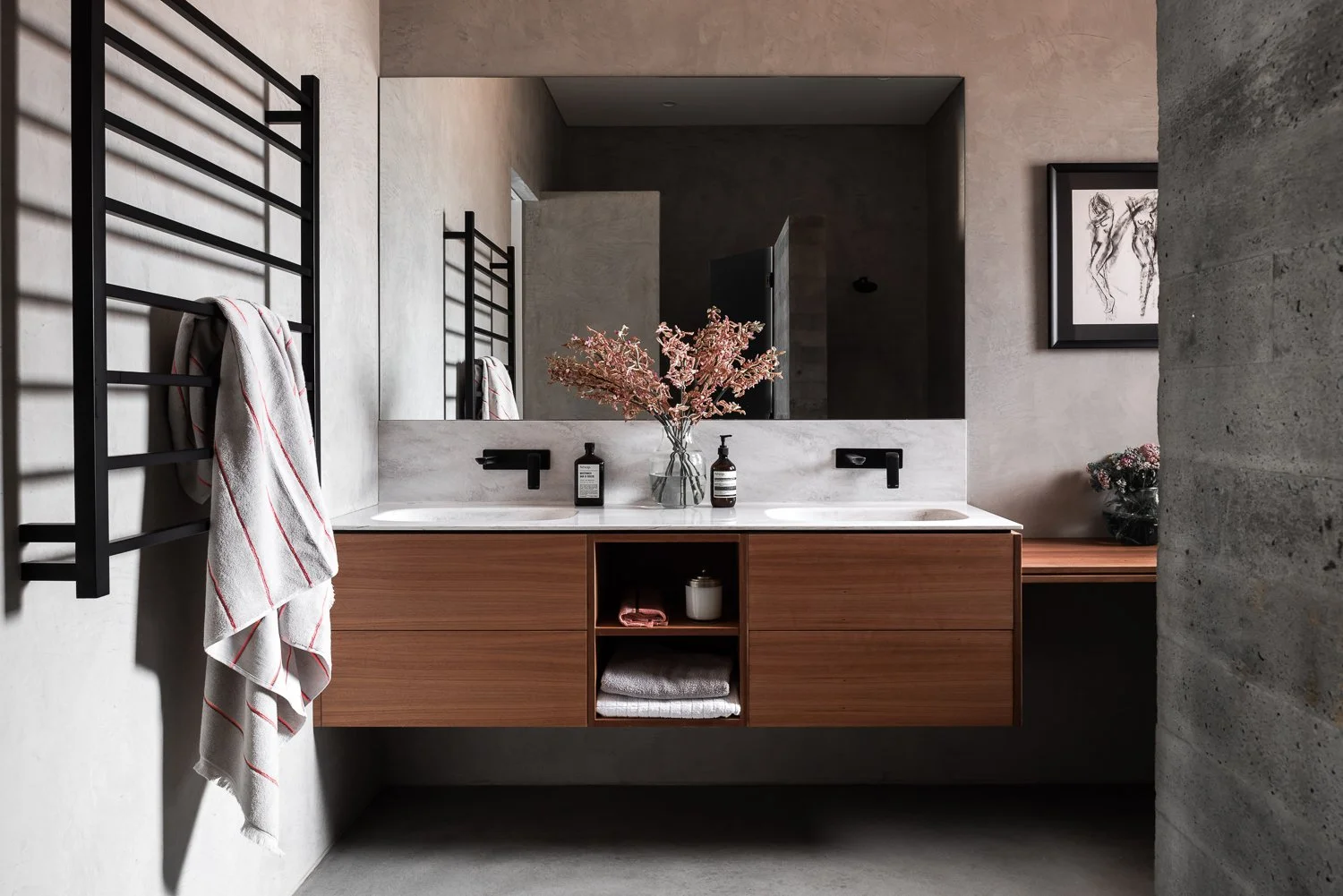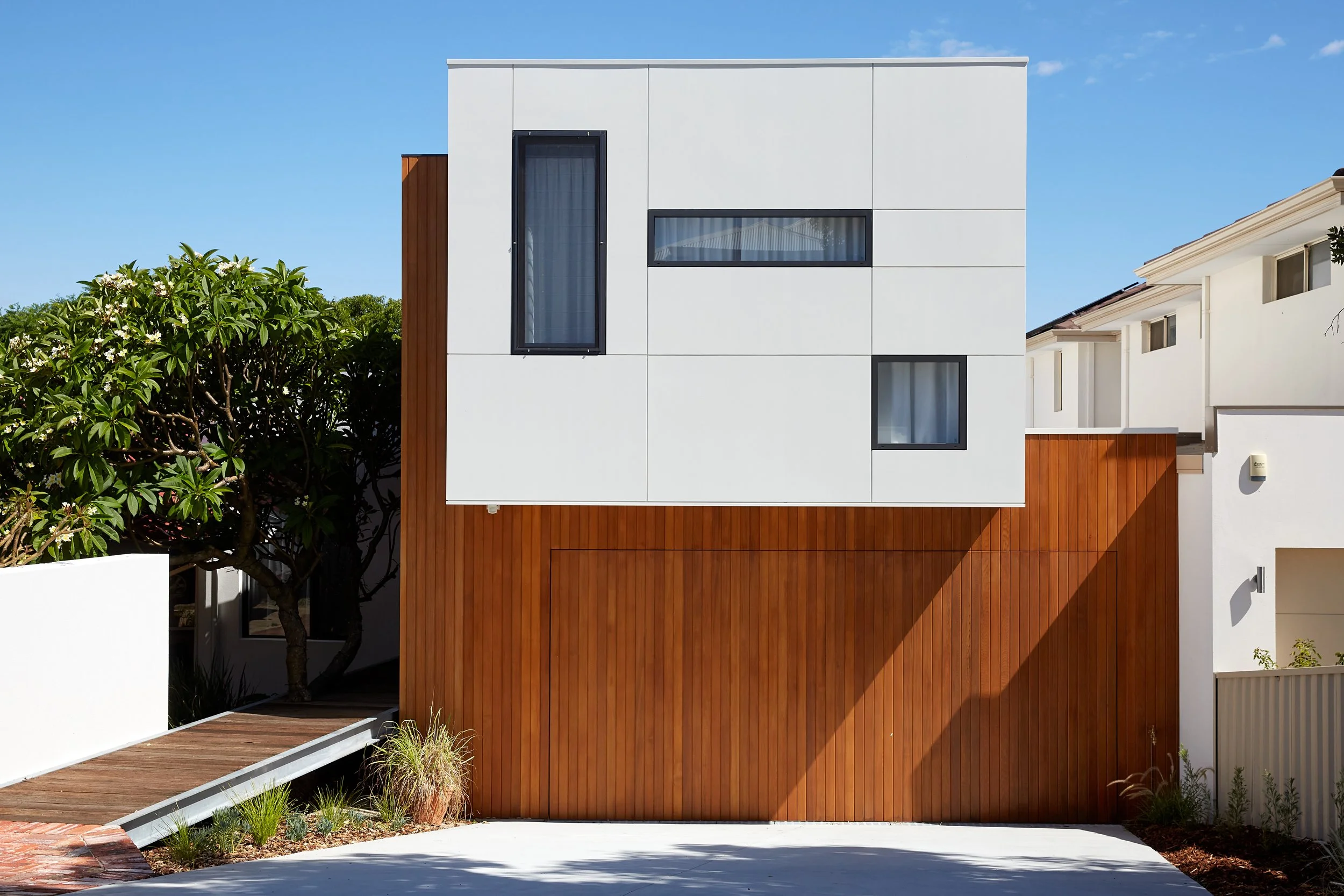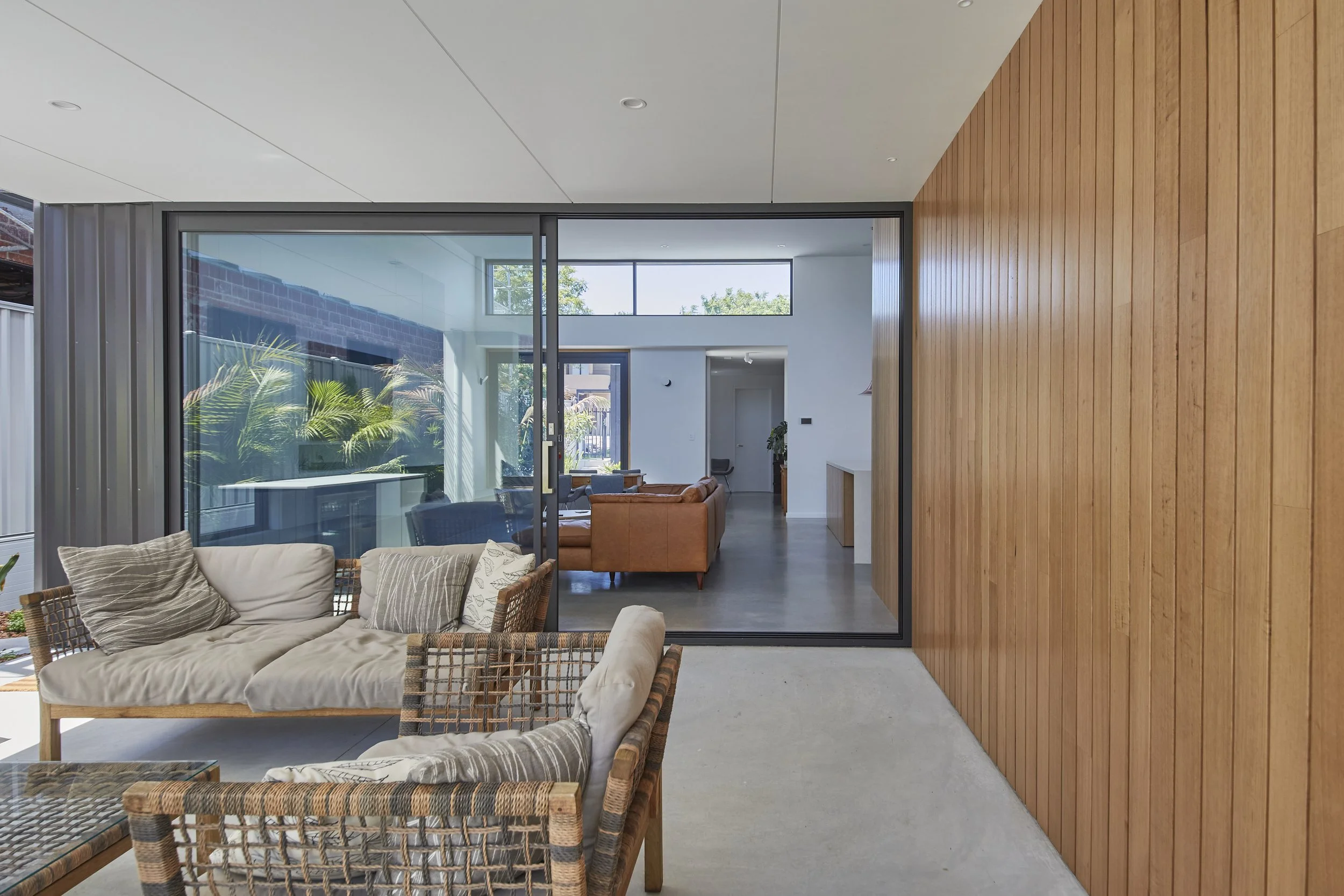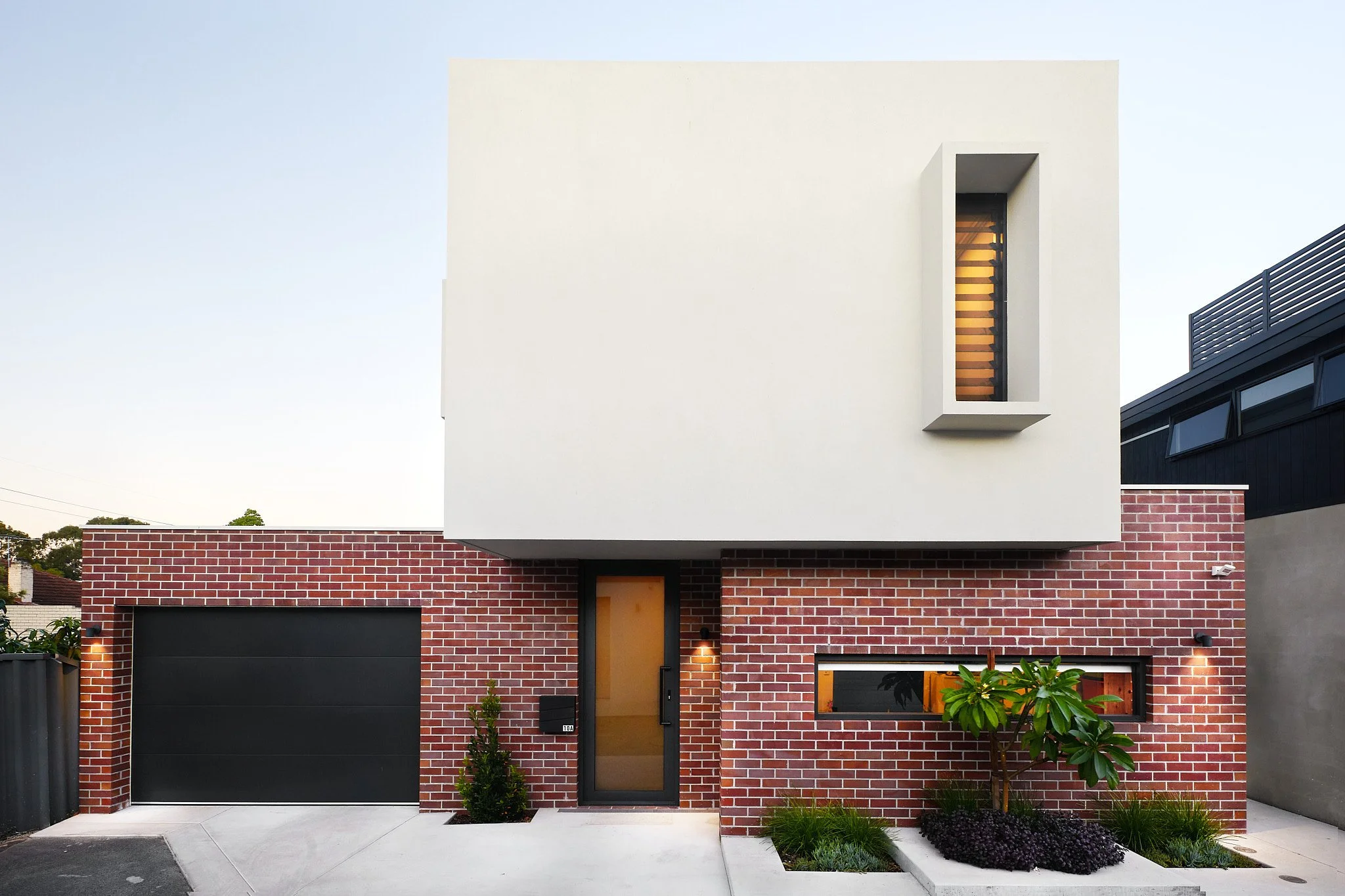In a few of our previous blogs, we’ve touched on the three criteria that we use to choose the materials for our projects. What these blogs haven’t emphasised, though, is just how important material choices are on a home’s quality. So, we thought it was finally time to go into a bit more detail about our selection process, so you can understand why we make the recommendations we do, and can feel more confident about the home we’re building you.
THE BASICS
From the concrete foundation to the final layer of paint, and the nuts and bolts that join them all together, every home is simply a combination of materials. This also means that each one, no matter how small, will impact the home’s quality. For this reason, we at Arklen take the material selection process very seriously, and typically consider three criteria for each one: performance, cost and aesthetics.
As builders, we typically only have control over the structural materials, and will work with you and the architect/designer to choose the ones that are the best for your build. We’re also more than happy to advise on any design materials and will always keep our eyes peeled for better alternatives.
So, onto the criteria.
PERFORMANCE
As builders, we want to produce homes that are good for both our clients and the environment. The best way to do this is to use high-performance materials when they’re needed. There are, however, a few things that go into identifying how well something performs. First, and most simply, is how well it performs at the job it’s designed to do; will the framing be strong enough to support the rest of the build, and the cladding protect the home from the elements? As for the others, they’re a bit more complicated:
Longevity
Longevity considers how long a material will last, and how well it will perform throughout its lifespan. Not only does this depend on the specific material and how well it’s been made, but it will also depend on other factors such as the home’s location and what other materials it will be used with. Take paint for example. Where one might be able to withstand high temperatures and strong UV rays, a different paint may be better if you live by the ocean where salt spray and high winds will cause the most damage.
All the external materials at Vivaldi Drive were chosen based on their ability to withstand coastal weather conditions.
Maintenance
Next, we’ll consider maintenance, in which we look at how much upkeep a material will need throughout its lifespan. If there’s an option for a material that will last a long time with little to no maintenance, it’s no surprise that this would be the preferred choice. For some, like our Langsford Street clients, it’s even a priority. Here, they wanted to minimise the amount of cleaning they’d need to do, so we used polymer plaster in the bathrooms which doesn’t need grout and is much easier to clean than tiles.
Thermal performance
Then, to reduce energy usage (and bills) in future, we’ll also consider thermal performance. The higher thermal performance the materials have, the better the home can maintain a stable temperature inside. In our Regent Ave project, the designs initially called for metal cladding, but to improve the home’s thermal performance, we instead opted for Masterwall. While more expensive upfront, it will help reduce energy costs in the long-term.
COST
The next of our three criteria is the material’s cost—both upfront and in the long-term. The upfront cost will be influenced by the client’s budget and will, importantly, consider the cost of both the material and its installation. The long-term costs, on the other hand, will be influenced by the material’s longevity and maintenance needs (as discussed above). It’s important to consider both as a cheap upfront cost may be negated if the material needs costly maintenance, repairs or replacement down the line.
In our Unwin Crescent project, the timber feature wall that extends from the living room out to the undercover patio initially used Vulcan timber. The upfront cost of this was too expensive, though, so we started considering other alternatives and ultimately chose the cheaper Iron Ash. While it will need maintenance in the future, there were a few factors that went into the decision. For one, it’s mostly protected from the elements, so it’ll be a long time before it needs to be re-treated. On top of this, when re-treating or any repairs are needed, there will be no need to spend money on scaffolding as it’s all easy to reach.
AESTHETICS
While less of a consideration for construction materials (which can’t be seen), aesthetics will be very important for any surface materials. As the builders, we have less control over these but will be more than happy to work with you, the interior designer and the architect to find options that suit your design, perform well and are within your budget.
Beautiful design will, of course, always be prioritised.
LET’S NOT FORGET SUSTAINABILITY
While not officially part of our criteria, one more thing we’ll always consider is sustainability. Our number one priority here is choosing local Western Australian products as these will need to adhere to strict guidelines to be classified as sustainable, and won’t need to be transported long distances. Then, if our client’s budget allows it, we will choose sustainably made high-performance options wherever possible.
OUR NON-NEGOTIABLES
To guarantee the quality of all of our homes, there are some materials that we won’t negotiate on. These include:
H3 treated timber – During construction, there are often long periods of time when the structure is out in the elements, so we use timber treated for external use to ensure long-term durability.
Hot-dipped galvanised fixings – For the same reason as we choose H3 treated timber, we’ll also only use nails, bolts and other fixings that have been hot dipped galvanised or a similar treatment to protect them from rust and increase their lifespan.
High-performance glass – As glazing is a critical weak point of any thermal envelope, we’ll always use high-performance glass as a minimum. To save on costs, we only recommend double glazing where absolutely necessary.
Insulation – Our go-to insulation is Polymax from Bradford. These high-performance batts are low-allergy and made locally using 80% recycled polyester.
As you can see, the material selection process is quite a complicated one, but there’s no need to get overwhelmed. We’re here to advise you every step of the way and will always be happy to run through our reasoning if you’re ever confused. We’ll also include the methodology we’ve used to identify the cost of each item in our pricing. Ultimately, we want to build the home that’s best for you and will make our selections accordingly.


